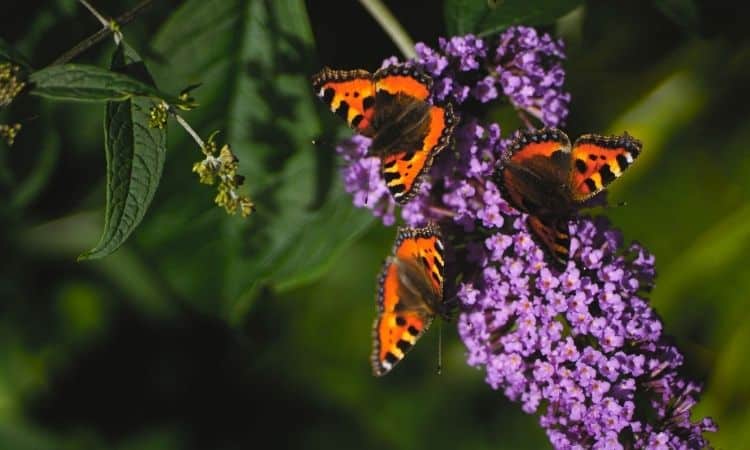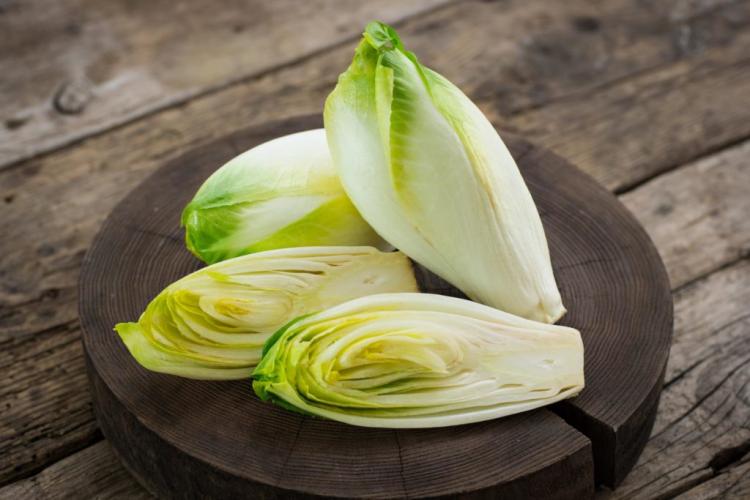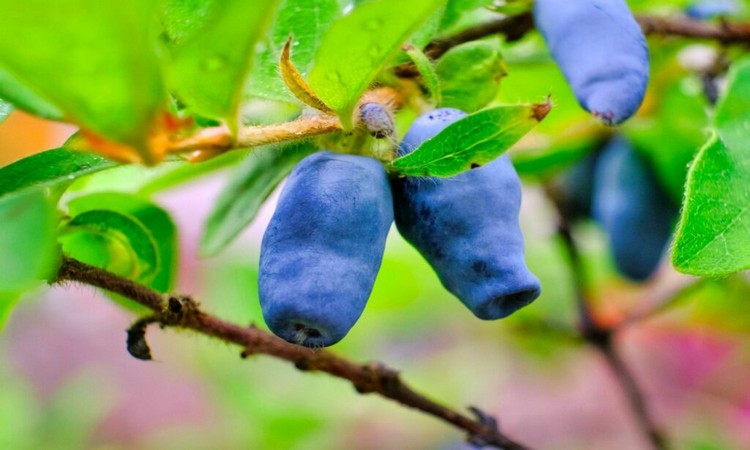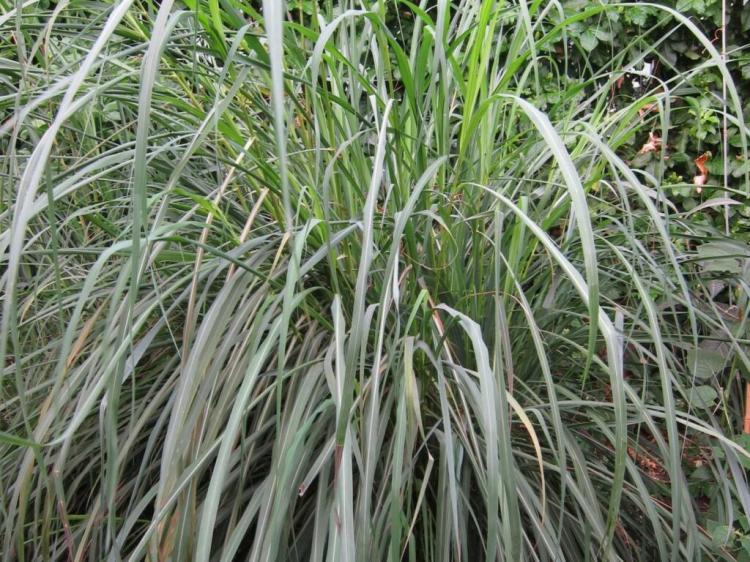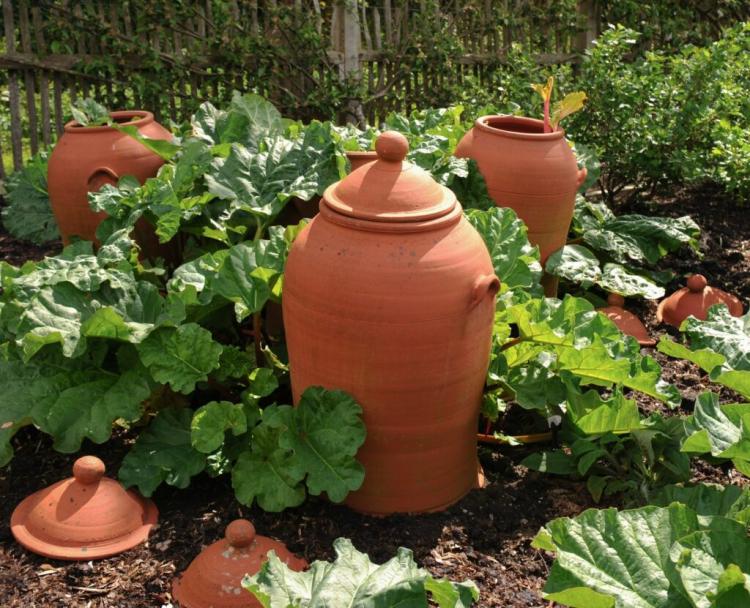When To Cut Back Butterfly Bush In Your Garden?
Butterfly Bush, is very popular in American gardens. These colorful flowering shrubs attract butterflies with their nectar. We explain how to cut the summer lilac correctly and which cutting mistakes should be avoided.
The once exotic Butterfly Bush or summer lilac (Buddleja davidii) has already conquered countless hearts of amateur gardeners. Its success is based on the abundance of flowers that attract butterflies in legions. To ensure that the shrub blooms richly every year, pruning is necessary now and then.
Although this is not necessary, it can spur flower-rotten specimens to new efforts. Butterfly bushes also grow very luxuriantly. To keep them smaller, regular pruning is therefore essential. Especially with overgrown Buddleja davidii, a rejuvenating cut can work wonders. Since butterfly bushes have a strong need to spread, it is also quite sensible to remove withered plants in time.
When is the Butterfly Bush cut?
- In late winter or early spring: Rejuvenation cut. Cut your Butterfly Bush in late winter or early spring. At this time the lilac is not in its sap and no birds or other creatures nest in the branches. Optimal is a cut in February on a frost-free day. In late winter you can also radically rejuvenate your Buddleja davidii and put it on a stick.
- You can also prune your butterfly bush in autumn after flowering. However, you should not proceed as radically as with winter pruning. You should only carry out small operations at most, for example, if the shrub needs to be shortened a little.
- It is important to remove wilted flowers in late summer and autumn. The flowering time of the plant is between July and September. Butterfly bushes produce huge amounts of seeds – if you fail to cut off the withered flowers, you will soon have lilac everywhere.
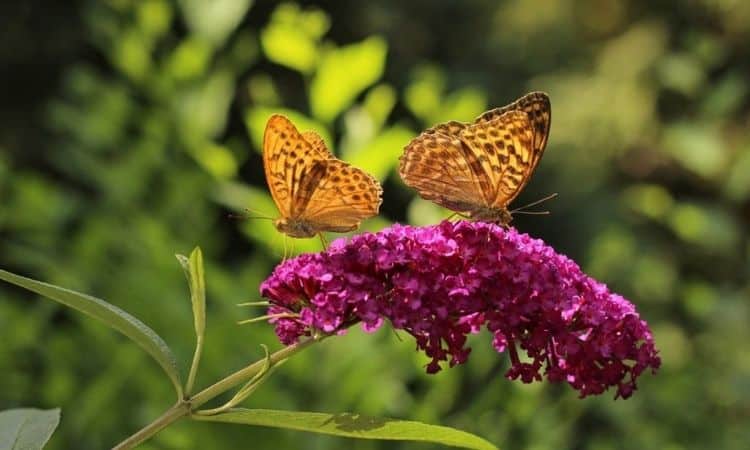
Instructions For Cutting The Butterfly Bush Correctly
Butterfly bushes are very fast-growing and extremely tolerant of cutting. So there is not much you can do wrong with pruning. Even if you want to take a more radical approach, you do not have to give up the flowers that year. These only appear on the annual shoots anyway, which only develops after cutting.
- Rejuvenation: Butterfly Bush can be radically cut back without hesitation – even annually. Leave about the last 20 to 30 centimeters of the plant and always cut just above a bud or leaf axils. Always use sharp and clean tools to prevent pathogens from entering the plant and allow the wounds to heal quickly. To prevent the water from standing on the edge of the cut, always cut at an oblique angle.
- Cut off wilted flowers: Once the flowers have faded, it is worth removing the inflorescences before seeds are formed. Otherwise, the butterfly shrub may spread rapidly in the garden and around it. The young seedlings are also quickly removed, but you can save yourself this work. Simply cut back the wilted inflorescences to the next leaf axils. If you have removed the withered flowers in time, you can put them in the compost without worrying. However, if you already have seedlings, you should better choose household waste for disposal.
 The butterfly bush or Buddleja davidii is considered invasive in Europe because of its ambitious spreading tendency. The exotic plant does not adhere to garden fences, but invades the landscape and displaces native species. However, the shrub should not be condemned anyway.
The butterfly bush or Buddleja davidii is considered invasive in Europe because of its ambitious spreading tendency. The exotic plant does not adhere to garden fences, but invades the landscape and displaces native species. However, the shrub should not be condemned anyway.
The name “butterfly bush” was given to the plant because it is a valuable food plant for butterflies and bumblebees due to its long flowering period and abundance of flowers. Butterfly bushes therefore definitely have an added value for the insects.
Nevertheless, it is advisable to prevent uncontrolled spread, for example by cutting off the wilted flowers. Although there are also sterile varieties, these are also worthless for insects.
